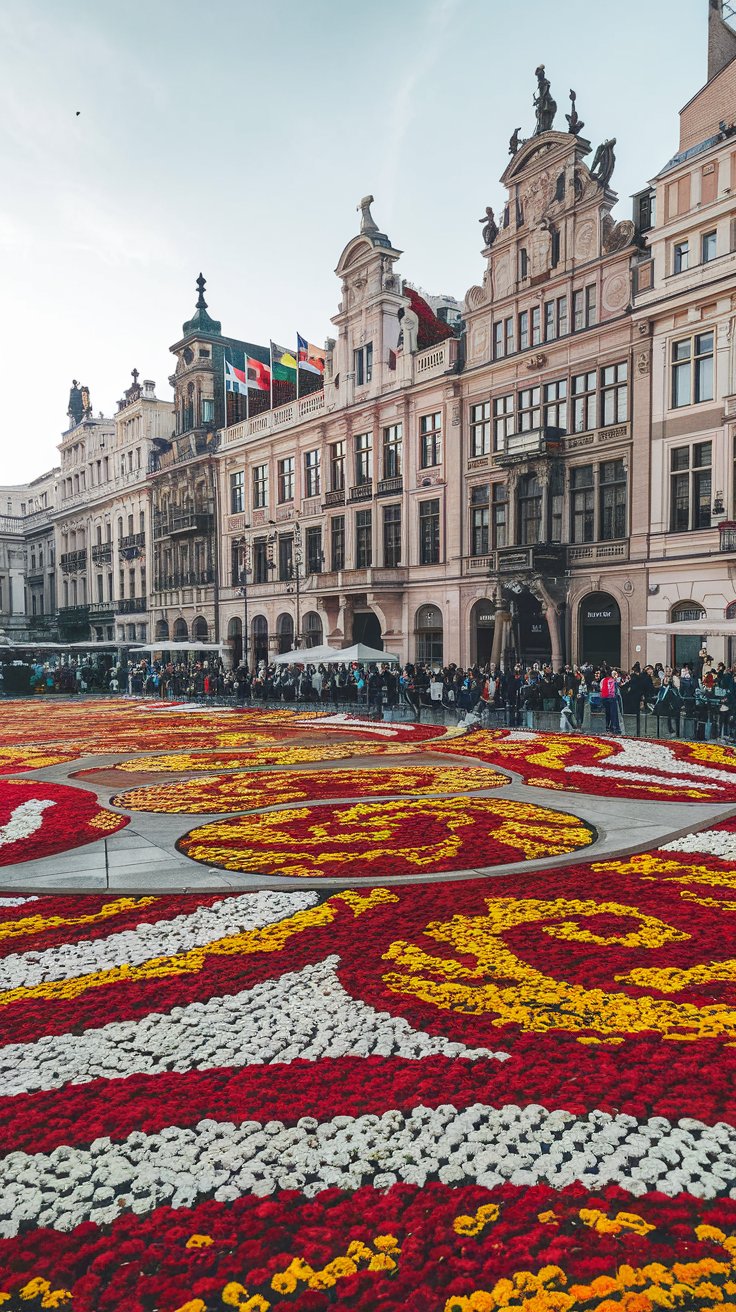Belgium might be small on the map, but it holds an incredibly rich history within its compact borders—from medieval knights and the Battle of Waterloo to the scars of two World Wars. Thanks to its size, travelers can explore almost any corner of the country with just a few hours of train travel. And let’s not forget—this is the birthplace of Belgian waffles, which is reason enough to visit.
10. Leuven Town Hall
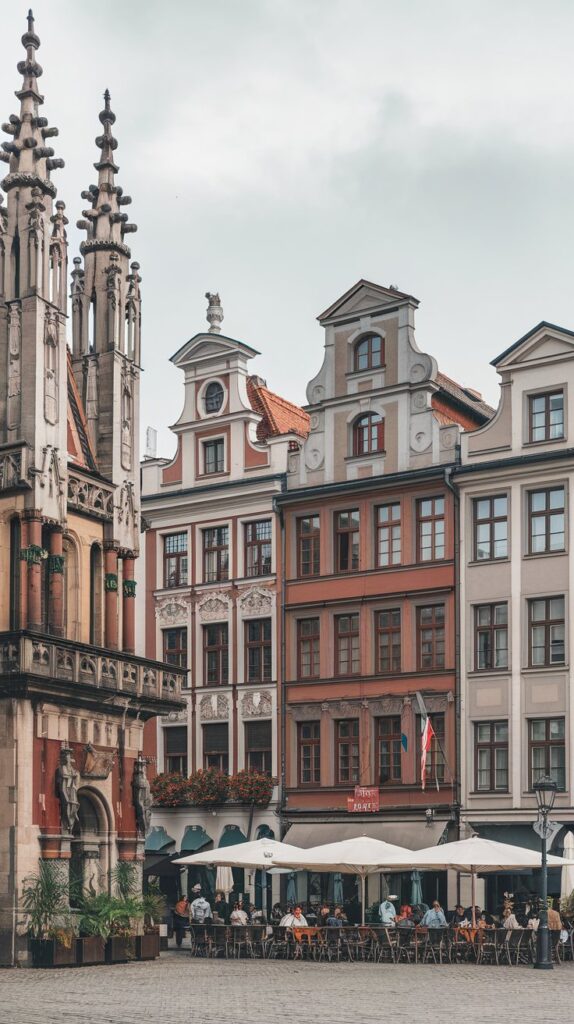
Leuven’s Town Hall looks more like a piece of intricate art than a government building. Built in the 15th century in a striking Gothic style, it’s adorned with 236 statues placed in religious scenes across three floors. Each level tells a different story of important figures from the city’s past. Located in the heart of the main square, or “Grote Markt,” it stands directly across from the equally grand St. Peter’s Church.
9. Mons Belfry
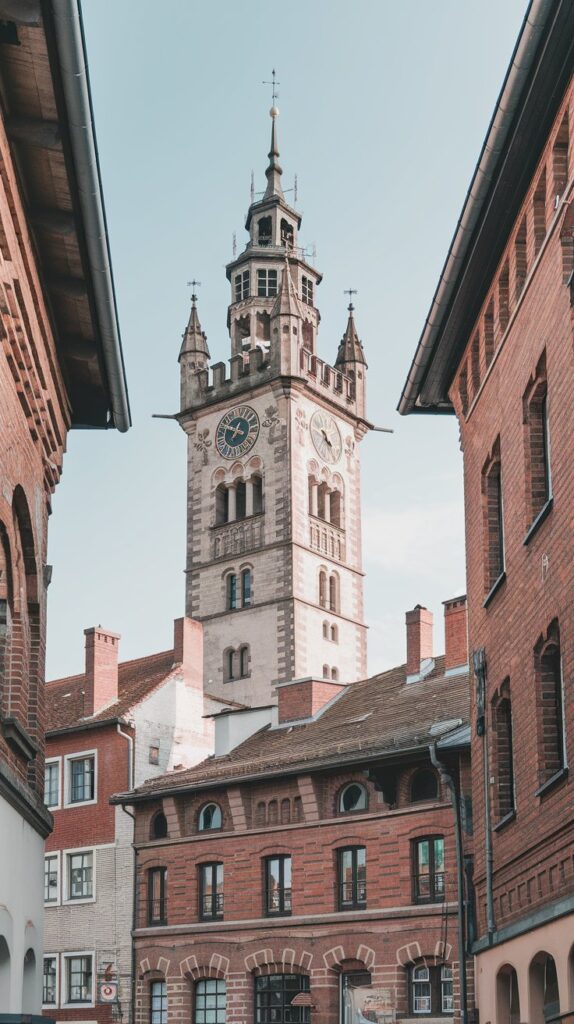
Perched on the highest point in the city of Mons, the Mons Belfry is the only Baroque-style bell tower in all of Belgium. It rises 87 meters into the sky and holds a 49-bell carillon, with its heaviest bell weighing a whopping five tons. Built in the 17th century, this historic structure sits where a castle once stood. Today, visitors can still spot remnants of that original fortress.
8. Bouillon Castle

Bouillon Castle looks like something out of a fantasy novel, sitting high on a hill above the town of Bouillon. While it likely dates back to Roman times, its first official mention was in the 10th century. One of its earliest owners even sold it to help fund his trip on the First Crusade. Visitors can explore drawbridges, dark dungeons, and a chilling torture chamber. Its layered defenses show just how seriously the castle took its protection.
7. Grote Markt, Mechelen
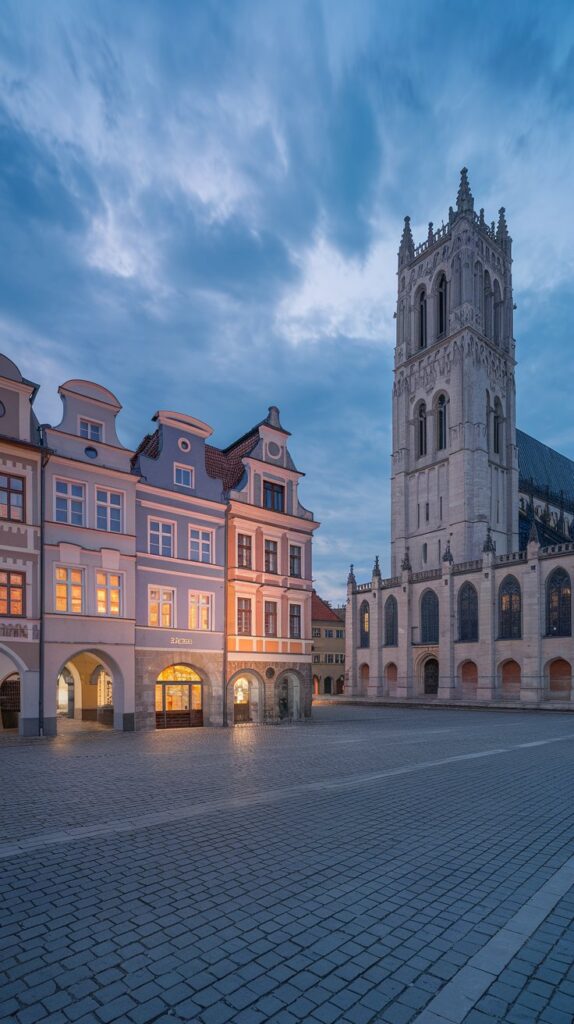
Mechelen’s Grote Markt is the beating heart of the city. This spacious, cobbled square is anchored by St. Rombold’s Cathedral on one end and the historic Town Hall on the other. Around the sides, former private homes now serve as cozy restaurants and local shops. A Saturday market brings even more life to the area, and during a 2004 renovation, workers even uncovered a 13th-century road beneath the square.
6. Antwerp Central Station

Antwerp’s Centraal Station is far more than a place to catch a train—it’s a masterpiece of architecture. Opened in 1905, this grand station features a massive dome reaching 44 meters high. Often named one of the most beautiful train stations in the world, it handles everything from regional trains to high-speed international lines on four different levels and 14 tracks.
5. Tournai Cathedral
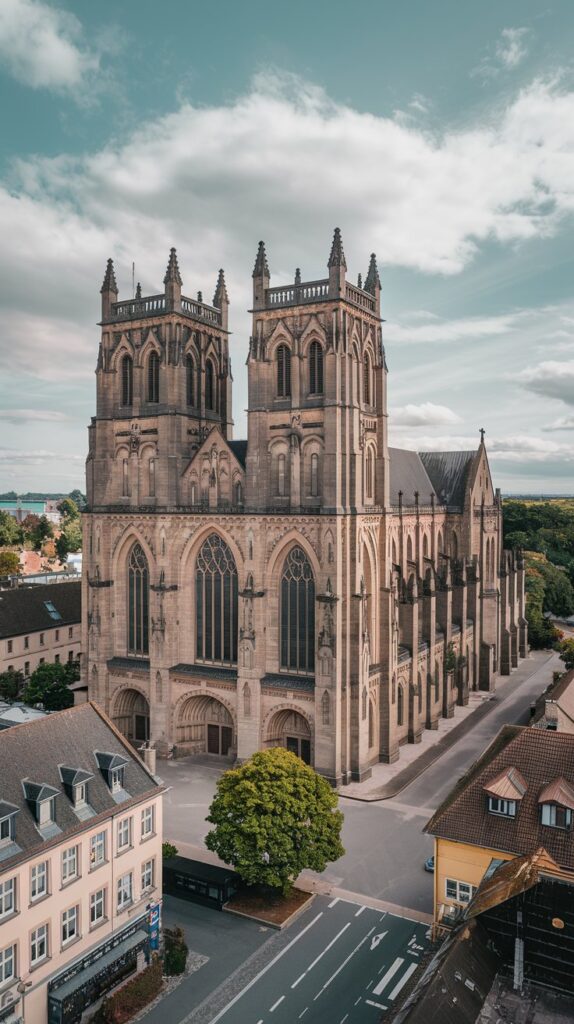
Tournai Cathedral is a spiritual and architectural gem in Belgium’s French-speaking region. Construction began in the 12th century, blending Romanesque, Gothic, and Transitional styles. The cathedral boasts five bell towers and a vaulted ceiling that reaches 157 feet. Inside, art lovers will find “The Souls in Purgatory,” a powerful painting by Peter Paul Rubens. The cathedral is currently under restoration due to tornado damage in 1999.
4. Gravensteen Castle

Gravensteen Castle, located in Ghent, brings medieval history to life. Built in the 12th century and modeled after fortresses seen during the Crusades, it once housed knights, prisoners, and even factories. After being saved from demolition in 1885, it was restored and turned into a popular tourist attraction. Inside, you’ll find a museum showcasing the dark tools of historical torture.
3. Belfry of Bruges

Climbing the Belfry of Bruges is not for the faint of heart. With 366 steep, narrow steps, reaching the top takes effort—but the panoramic views of the city are well worth it. Built in 1240, this bell tower stands as a symbol of Bruges’ golden age in the textile trade. After a series of fires over the centuries, it’s been rebuilt and still rings out with chimes today.
2. Grand Place, Brussels

Brussels’ Grand Place is arguably the crown jewel of Belgium’s capital. Surrounded by ornate guildhalls and the historic Town Hall, this square is small but packed with charm and history. Originally a marketplace in the 11th century, it’s now the site of the biennial Flower Carpet event, where one million begonias cover the square in stunning patterns for a few magical days in August.
1. Canals of Bruges
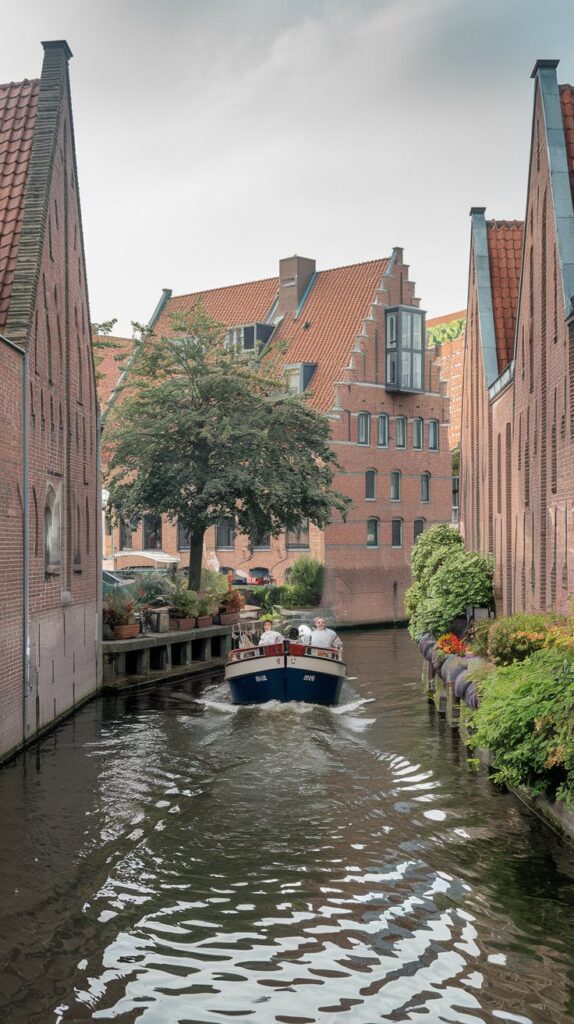
Nicknamed “The Venice of the North,” Bruges is famous for its enchanting canal network. Once essential for medieval trade, these canals now offer scenic boat rides through the city’s most picturesque sites. They wind past historic buildings, under charming bridges, and provide an unforgettable way to experience this fairytale town.

